
- 90 Minute Batterty Life
- Cordless Battery-Operated Design
- Cleans Pool Floor Only
- For Above Ground Pools
Free FedEx Shipping & 30 Day Risk-Free Trial
Your cart is empty
Free shipping on robots to contiguous 48 states
Our Pool Experts are here to assist you
Mon-Fri 8am-5:30pm CST
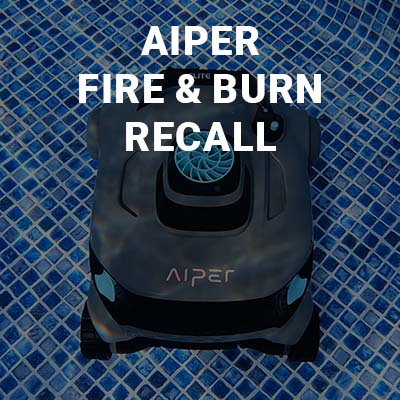
Aiper Elite Pro Recalled Due to Burn and Fire Harzards by the Consumer Product Saftey Commission. Read why!
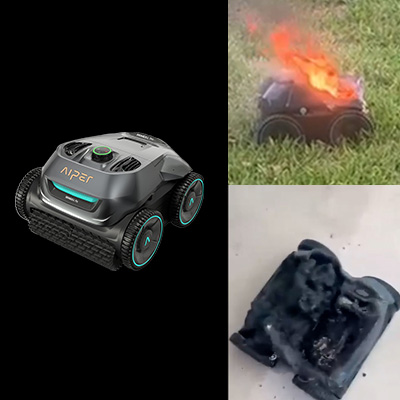
With multiple different users reporting the Aiper Seagull Pro allegedly starting house fires, we dive into what you need to know about this horrifying accident.
Aiper's Seagull series of cordless robotic pool cleaners offers a range of models designed to simplify pool maintenance. These cleaners are engineered to provide efficient cleaning solutions for various pool sizes and types, utilizing advanced technologies to ensure thorough debris removal. However, it's important to consider the specific features and limitations of each model to determine the best fit for your pool maintenance needs.
The Seagull series encompasses several models, each tailored to different pool environments and cleaning requirements. From the compact Seagull SE to the more robust Seagull Pro, Aiper provides options that cater to both above-ground and in-ground pools. Understanding the capabilities of each model is crucial for selecting a cleaner that aligns with your pool's specific characteristics and your maintenance preferences.
The Seagull SE is designed for smaller pools, offering a lightweight and user-friendly solution for routine cleaning tasks. Its cordless design eliminates the hassle of tangled cords, providing greater maneuverability. However, due to its compact size and battery capacity, it may not be suitable for larger pools or those with heavy debris loads, as it might require multiple cleaning cycles to achieve desired results.
The Seagull Plus builds upon the SE model by offering increased battery life and suction power, making it more adept at handling medium-sized pools. It features improved navigation capabilities, allowing for more efficient cleaning patterns. Despite these enhancements, users with larger pools or those requiring intensive cleaning may find that the Seagull Plus still necessitates multiple sessions to cover the entire pool area effectively.
The Seagull Pro represents the pinnacle of the Seagull series, equipped with advanced features such as a quad-motor system and WavePath™ Navigation Technology. These innovations enable it to tackle larger pools with complex shapes more effectively. However, even with its superior capabilities, the Seagull Pro's battery life may limit its ability to complete extensive cleaning tasks in a single session, especially in pools with significant debris accumulation.
When evaluating the Seagull series, it's essential to consider factors such as battery life, pool size, and debris levels. While cordless models offer convenience and ease of use, their performance is inherently tied to battery capacity. For larger pools or those with heavy debris, the need for recharging between sessions can be a limiting factor, potentially making corded models a more practical choice for uninterrupted cleaning.
The battery life of Seagull models varies, with higher-end models like the Seagull Pro offering longer runtimes. However, for larger pools, even extended battery life may not suffice to complete a full cleaning cycle, necessitating multiple sessions. It's important to match the cleaner's battery capacity with your pool's dimensions to ensure efficient maintenance.
Pools that frequently accumulate substantial debris may challenge the capabilities of cordless cleaners. While the Seagull series is designed to handle typical debris, excessive amounts can quickly fill the cleaner's filter, reducing efficiency and requiring more frequent maintenance. In such cases, corded models with continuous power and larger debris capacities might offer more effective cleaning solutions.
Regular recharging is a necessity for cordless cleaners. Depending on the model and pool conditions, users may need to recharge the unit after each cleaning session. This requirement can influence maintenance schedules, particularly for pools that demand frequent cleaning. Corded cleaners, by contrast, can operate continuously without the downtime associated with recharging, providing a more consistent cleaning regimen.
Choosing between corded and cordless pool cleaners involves assessing the trade-offs between convenience and performance. Cordless models like the Seagull series offer flexibility and ease of use, free from the constraints of power cords. However, corded cleaners provide uninterrupted power, often resulting in more robust suction and the ability to handle larger cleaning tasks without interruption.
Corded pool cleaners benefit from a constant power supply, ensuring consistent suction and cleaning performance throughout the session. This reliability is particularly advantageous for larger pools or those with heavy debris, where sustained power is necessary to achieve thorough cleaning. Cordless models, while convenient, may experience a decline in performance as the battery depletes, potentially leaving areas of the pool less clean.
Battery-operated cleaners, including the Seagull series, may require more frequent maintenance related to battery care and replacement over time. Batteries can degrade, leading to reduced runtimes and necessitating replacements, which can add to the overall cost of ownership. Corded models, lacking batteries, often have fewer components subject to wear and may offer greater longevity with less maintenance.
The versatility of corded cleaners makes them suitable for a wide range of pool types and sizes, providing consistent performance regardless of pool conditions. While the Seagull series is adaptable to many environments, users with larger or more complex pools may find that corded models offer the necessary power and coverage to maintain optimal cleanliness.
Proper maintenance of Seagull pool cleaners is essential to ensure optimal performance and extend the lifespan of the unit. Regular cleaning of filters, inspection for debris buildup, and adherence to charging guidelines are key practices. Additionally, storing the cleaner in a cool, dry place when not in use can prevent potential issues related to battery health and overall functionality. Note: Occasional reports of overheating incidents with certain cordless models emphasize the importance of proper storage and adherence to charging instructions to ensure safe use.
Explore our comprehensive reviews of top-rated Aiper Seagull pool cleaner models, meticulously tested by our Pool Robot specialists. With experience testing over 50+ pool robots across all leading brands, we provide an honest, detailed evaluation of the best Aiper Seagull pool cleaners, highlighting their performance, features, and overall value. Discover which Aiper Seagull pool cleaner is the perfect fit for your pool, and make an informed choice with insights from the experts.
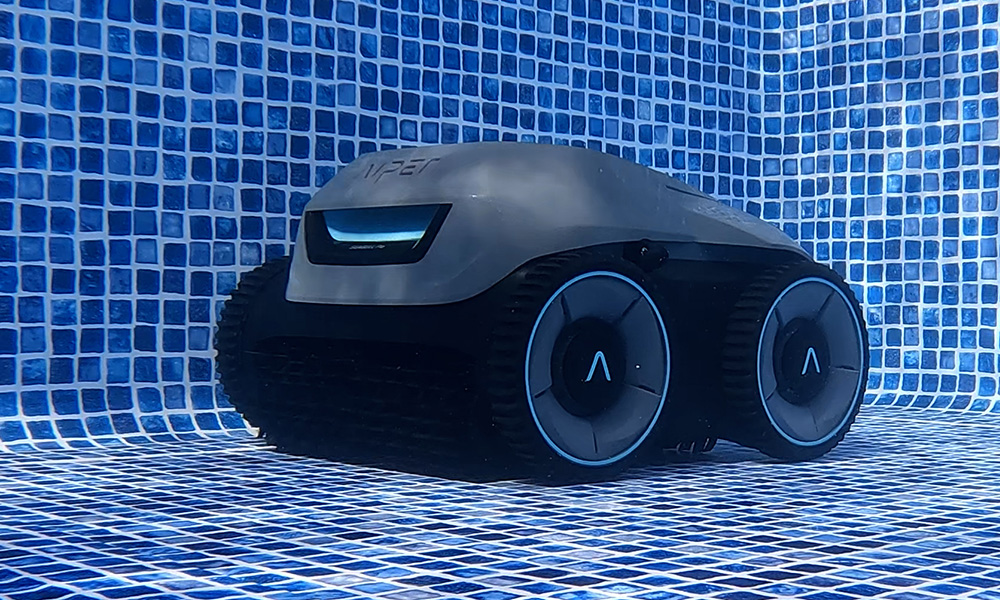
Is buying the Aiper Seagull Pro playing with fire? With reports of it catching flames, we put it to the test. See why this “Pro” might just leave you burned.
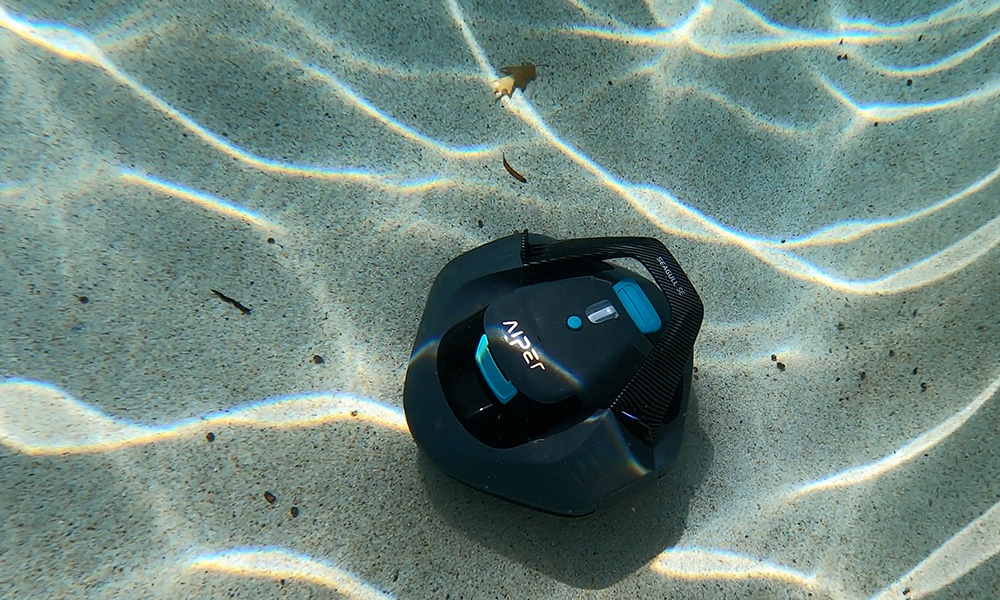
The Aiper Seagull SE may seem like a bargain, but our tests revealed weak motors and constant recharging, making it less impressive than corded options.
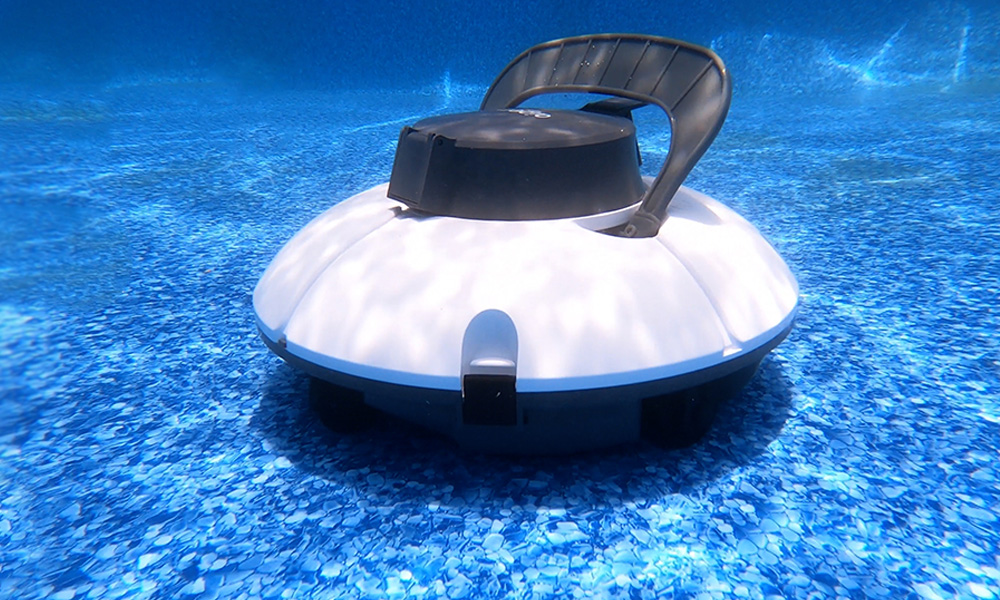
The Aiper Seagull 600 cordless robot disappointed us in our review. With a short battery life, no scrubbing brush, and constant recharging, we put it to the test.
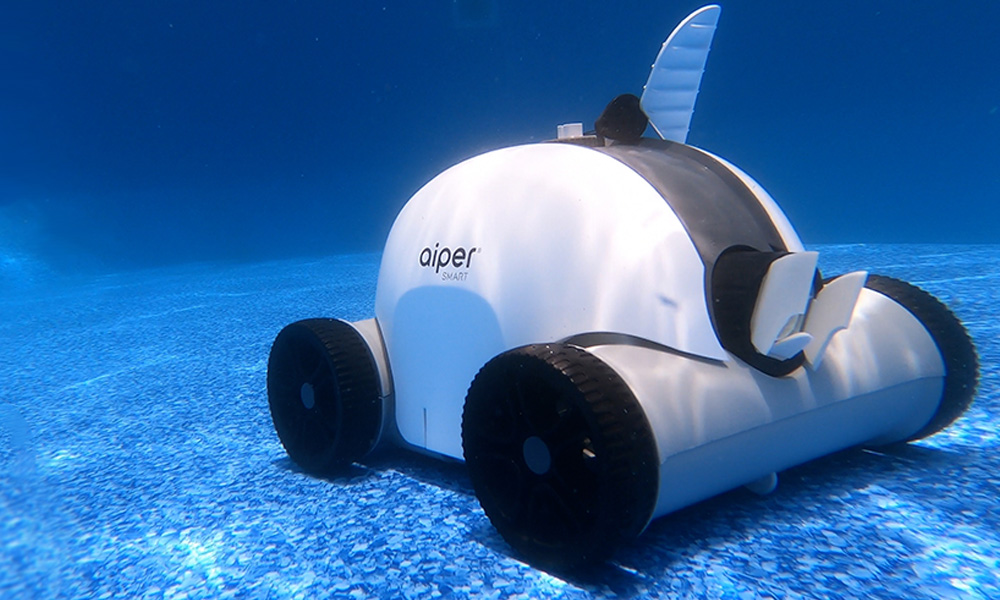
With a poor filtration system, constant recharging, and weak suction, the Aiper 1000 misses the mark in our testing. See why and compare alternative robots.
The Seagull line includes models like the Seagull Pro, Seagull Plus, and Seagull 600, each offering unique features in battery life, pool coverage, and cleaning power.
Yes, different Seagull models are designed for various pool sizes. The Seagull Pro, for instance, is ideal for larger pools, while the Seagull 600 is better suited for smaller pools.
While the Seagull has strong cleaning capabilities, its efficiency on stairs and tight corners may vary by model. The Seagull Pro has improved navigation for such areas.
No, the Seagull Pro operates independently and does not include Wi-Fi or app control. It relies on preset cleaning cycles and sensors for operation.
The Seagull Pro, for instance, has a cleaning cycle of up to 150 minutes, while smaller models may offer around 90 minutes per cycle.
Yes, most Seagull models come with a self-parking feature that moves the cleaner to the pool wall when the battery is low, making retrieval easier.
Yes, the Aiper Seagull line is designed to handle pools with varying depths and automatically adjusts to different areas during cleaning.
The Seagull batteries are rated to last for several hundred cycles with proper maintenance, and they can be replaced if needed.
Yes, the Seagull line is designed to navigate irregular shapes and adapt to pool contours for comprehensive cleaning.
The Aiper Seagull can clean most surfaces, though its performance may vary on highly textured or uneven surfaces like pebbled finishes.
It's recommended to remove the cleaner after each use to preserve battery life and prevent wear on the components.
The Seagull models automatically stop and park when the battery is low, indicating it’s time for a recharge.
The suction power varies by model, with the Seagull Pro offering one of the highest suction levels for tackling larger debris and dirt.
No, the Seagull models are autonomous, allowing them to clean without constant supervision. They handle pool navigation independently.
The Seagull line is generally designed for swimming pools. For smaller bodies of water like hot tubs, check compatibility in the product specifications.
Learn all about pool robots, filters, and must-have features from our Pool Experts. With years of experince, we break down what you need to know before you buy and more.